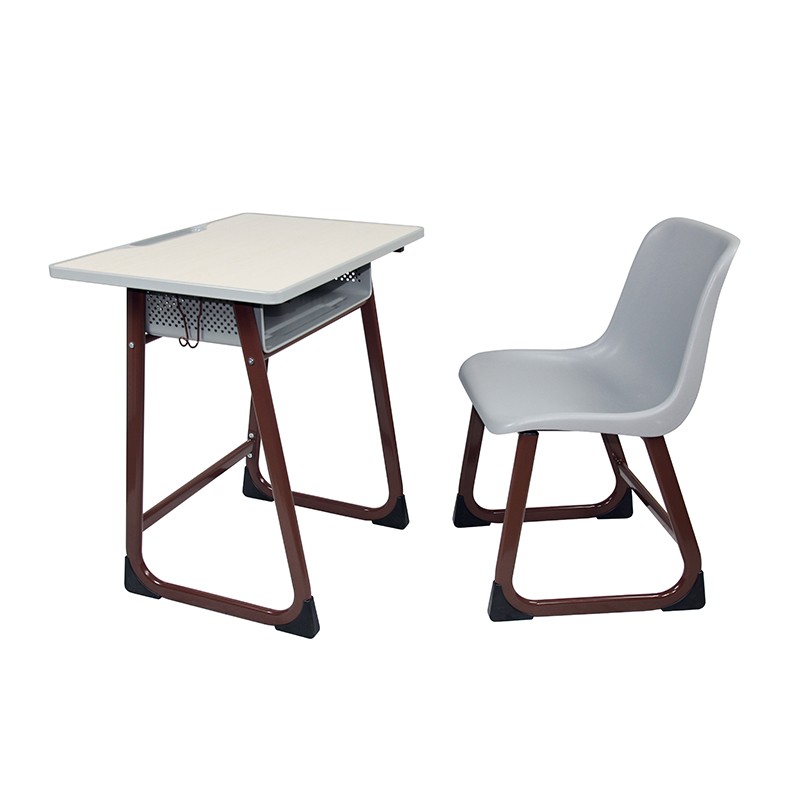¿¿ cómo pueden los fabricantes de sillas de oficina romper las barreras de prueba?
1. actualización del núcleo de certificación de nivel 2 de bifma: de la seguridad básica a la sostenibilidad de todo el ciclo de vida
Duplicar la resistencia al rendimiento: la prueba de durabilidad del respaldo del asiento aumentó de 200000 a 400000 ciclos, y la energía de la prueba de impacto del asiento aumentó a 1,8j;
Control de sustancias químicas: el Reglamento REACH añade 63 nuevas sustancias de alta preocupación svhc, y las emisiones de COC deben cumplir con el método estándar cdph v1.2;
Verificación de la responsabilidad social: las auditorías de responsabilidad social SA8000 o ISO 26000 son obligatorias para garantizar que no haya trabajo infantil ni forzado en la cadena de suministro.

2.6 proyectos de prueba y estrategias de descifrado que deben aprobarse
1. Prueba de durabilidad dinámica
Contenido de la prueba: el asiento, el respaldo y el reposabrazos soportan una carga de 113 kg al mismo tiempo y completan 400.000 ciclos;
Llave de grieta: utilizando marco de acero cromo-molibdeno + espuma de poliuretano de alta resistencia, y la preinstalación de lubricantes en las bisagras para prolongar la vida útil.
2. prueba de estabilidad
Condiciones de ensayo: el respaldo se inclina al ángulo máximo, la superficie del asiento soporta un empuje horizontal de 136 kg y está prohibido voltear;
Puntos de diseño: el diámetro de la base es ≥ 550 mm, y el contrapeso debe representar más del 30% del peso de toda la silla.
3. prueba de resistencia a la llama
Requisitos estándar: La velocidad de propagación de llama abierta de la tela del asiento es ≤10cm / min, y la densidad de humo máxima es <450;
Compliance path: Choose Nomex aramid blended fabric or add phosphorus flame retardants (need to avoid the halogen flame retardant solution banned by the EU).
4. Ergonomic adaptation verification
Adjustment dimensions: The seat height, lumbar support height, and armrest inclination must be adjusted without tools;
Data support: A 3D human body scan report must be provided to prove that it is suitable for the 5th to 95th percentile adult body shape.
5. Environmentally friendly material traceability
Core documents: FSC/PEFC wood source certificate, GRS recycled plastic content report;
Detection pitfalls: Note that the new EU regulations prohibit the use of PFAS coatings, and water-based UV-curing coatings must be switched in advance.
6. Carbon footprint accounting
Accounting scope: carbon emissions from the entire life cycle from raw material mining to product scrapping;
Carbon reduction plan: adopt regionalized supply chain.
3. 4 steps to overcome the certification process
Pre-inspection and gap analysis
Commission UL, Intertek and other laboratories to conduct pre-testing to identify structural weaknesses);
Material compliance reorganization
Establish a BIFMA-specific material library, such as replacing PVC armrest cushions containing phthalates with TPE materials;
Production line transformation verification
Key processes must pass AI visual inspection to ensure that batch consistency errors are less than 0.5mm;
Certification document packaging
Compile test reports, material certificates, and carbon footprint statements and submit them to BIFMA for official review.
4. 3 iron rules for selecting BIFMA certified office chairs suppliers
Transparent test data
Require suppliers to open real-time monitoring permissions for test laboratories;
Modular design compatibility
Verify whether the chair back and base support integration with third-party lift tables and conference systems;
After-sales compliance guarantee
Sign a "10-year material commitment" to ensure that it still meets BIFMA chemical release standards after long-term use.
5. AOYASI's LEVEL 2 certification practice: redefining the industry benchmark
Extreme test rehearsal: complete 300% super-standard pre-test in its own laboratory to ensure zero certification risk;
Low-carbon technology matrix:
Bio-based nylon gears;
Bamboo fiber composite chair back;
Smart compliance system: Each chair has a built-in NFC chip, and scanning the code can trace the source of materials, test reports and maintenance records.


